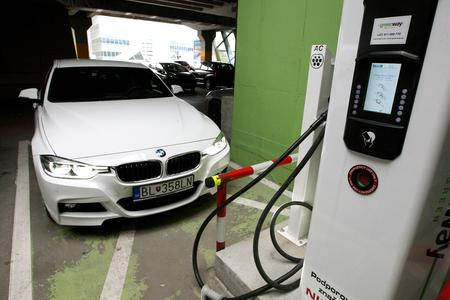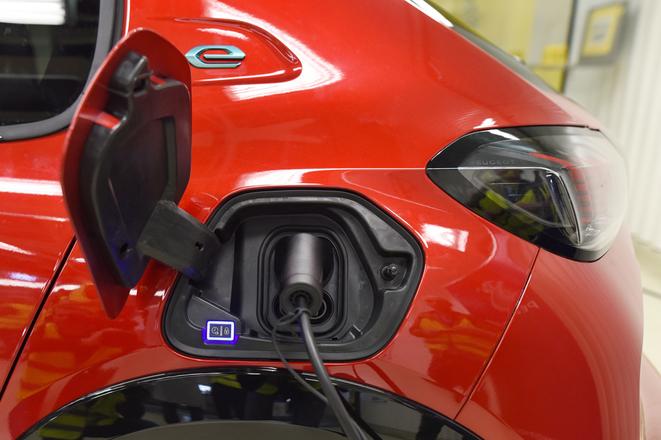The German federal government and industry representatives met in early November in Berlin to discuss measures to boost the sales of e-cars. This includes increasing and extending the purchase premium for e-cars, increasing the number of charging stations, and prolonging the so-called “environmental bonus” until 2025.
Although Slovakia has also offered financial support for people willing to purchase electric and plug-in hybrid cars to put the market in motion, there is still much that needs to be done.
“The subsidy is very attractive, but regarding experience from abroad, the support scheme should be stable, which means it should be defined for a certain period,” Patrik Križanský, director of the Slovak Electric Vehicle Association (SEVA), told The Slovak Spectator.
In this respect, Germany can serve as a good example, he added.
Stable and continual financial support is not all that is missing. There are also other issues that need to be tackled, as the actors active in the e-mobility field suggest.

Bringing more e-vehiclesto the roads
The Economy Ministry and the Slovak Automotive Industry Association (ZAP) kicked off a pilot project to support the purchase of electric and plug-in hybrid vehicles in November 2016, calling it “the first serious step to support e-mobility in Slovakia”.
Under the scheme, each purchaser of a new battery electric car (BEV) was entitled to a contribution of €5,000, while those buying a plug-in hybrid car (PHEV) could receive €3,000. The ministry and ZAP allocated altogether €5.2 million.



 The Economy Ministry has come up with several ideas to support electromobility in Slovakia. (source: TASR)
The Economy Ministry has come up with several ideas to support electromobility in Slovakia. (source: TASR)